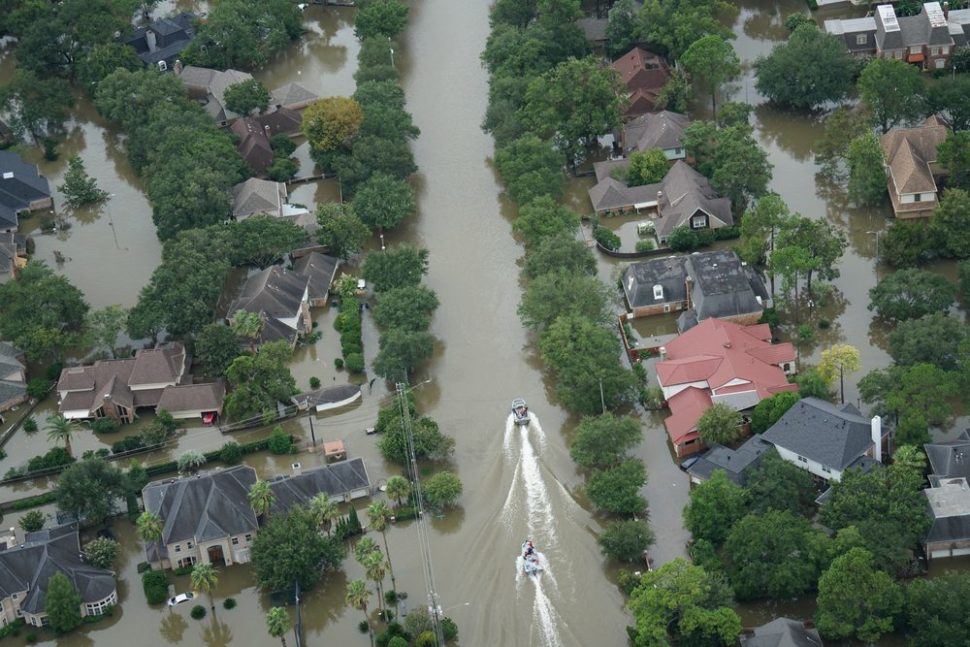MIT researchers have devised a mathematical framework that detects warning signs to help predict extreme weather events.
Hurricanes and tsunamis, droughts and torrential rains, heat waves and wildfires–severe weather events have multiplied and intensified over the last few years.
And the list of “catastrophic bursts” includes other major events like wildlife extinction and industrial disasters.
An MIT mathematical framework could predict extreme weather events.Click To TweetIn addition to the hefty losses of human life, these events cause considerable economic, political and societal impacts.
Mathematical models, according to MIT, could help scientists predict if and when an extreme event would occur.
Extreme Events: Unpredictably Devastating
If we can anticipate the warning signs preceding extreme events, we would have time to be more proactive against them by canalizing efforts and setting up measures that could prevent human and material damage.
These risks share one main characteristic: their occurrences are relatively rare.
For a statistical study to be relevant, scientists must have a lot of data. Rare events, by their very nature, are less observed. Therefore, they pose an immediate statistical challenge.
As the planet’s climate is changing, according to the IPCC (Intergovernmental Panel on Climate Change), extreme meteorological events are likely to become more frequent and intense in the future.
The IPCC and other intergovernmental organizations, like the European Centre for Medium-Range Weather Forecasts, work to establish early warnings for this type of phenomenon a few days before their occurrence in order to allow emergency plans to be put in place.
There’s been some progress in this area, with relatively reliable, medium-range forecasts for extreme weather events.
For example, hurricane and storm path tracking has improved, but it’s still far from being 100% accurate and reliable.
There are a number of natural forces that can alter the path of warm storms as evidenced by Jose, the tropical storm from last month that deviated from its pre-mapped trajectory.
Math to Predict the Occurrence of Extreme Events
Scientists don’t fully understand the mechanisms underlying these extreme events so they hope to develop probabilistic models to predict when events would hit next or whether an initial situation would develop into an extreme event.
However, MIT engineers think they can use mathematical equations to identify the warning signs of an extreme event.
MIT’s associate professor Themistoklis Sapsis and postdoc scholar Mohammad Farazmand devised a mathematical framework that can be used to spot precursors of extreme events.
Mathematical equations can tell which initial states are likely to become extreme events based on variables like their growth rates. Yet, math can’t determine the likelihood of occurrence. In other words, a state might have the potential to become an extreme event, but the probability of which could be zero.
For that reason, the new framework combines dynamical equations with data from real-world observations to identify “hotspots”, or initial states that we could see really happen in real world.
The team, who published a study in the journal Science Advances, used their algorithm to predict instabilities inside a turbulent fluid flow, and believe their system able to be applied to many other systems.
“This happens in random places around the world, and the question is being able to predict where these vortices or hotspots of extreme events will occur,” said professor Sapsis. “If you can predict where these things occur, maybe you can develop some control techniques to suppress them.”


















Comments (0)
Most Recent